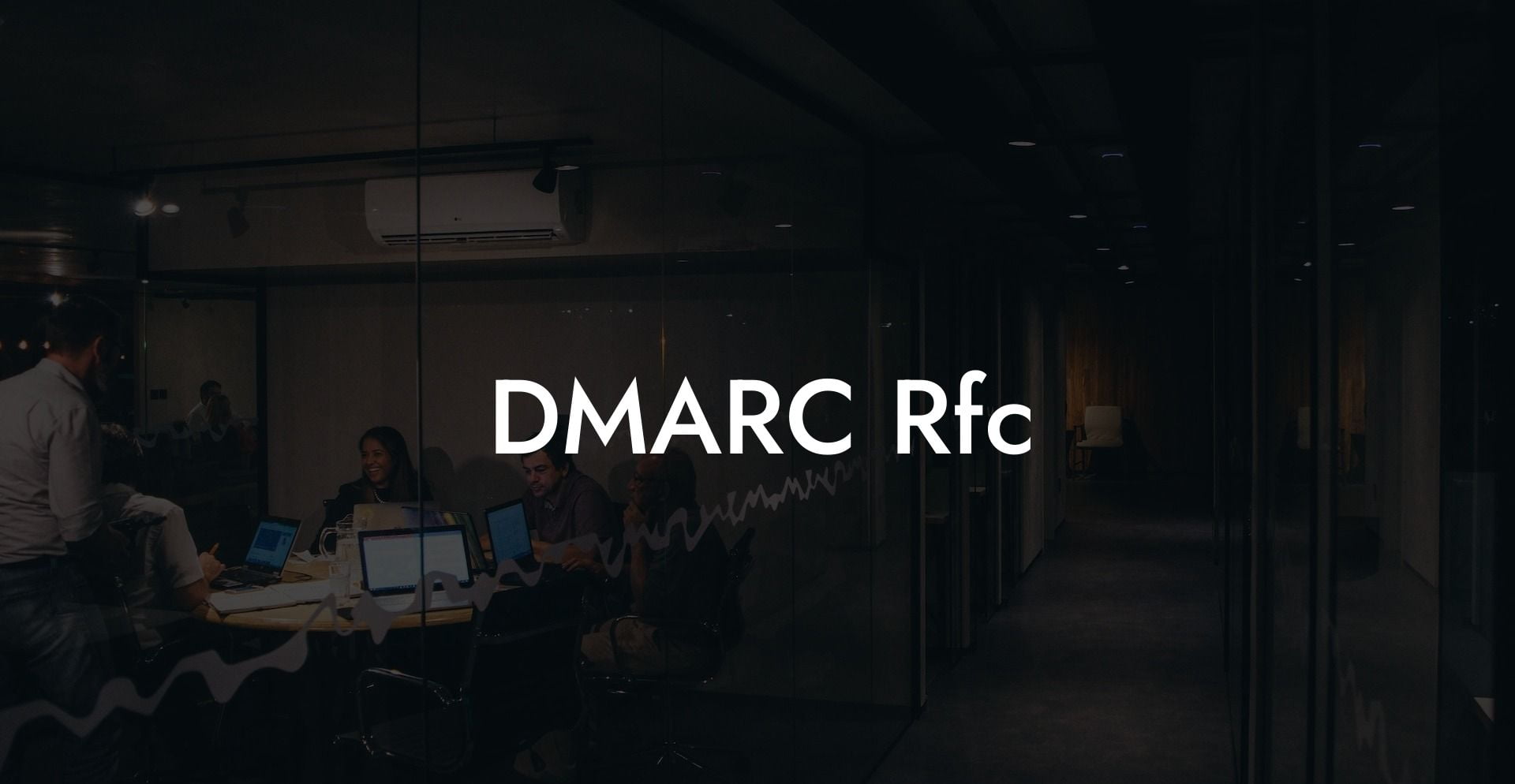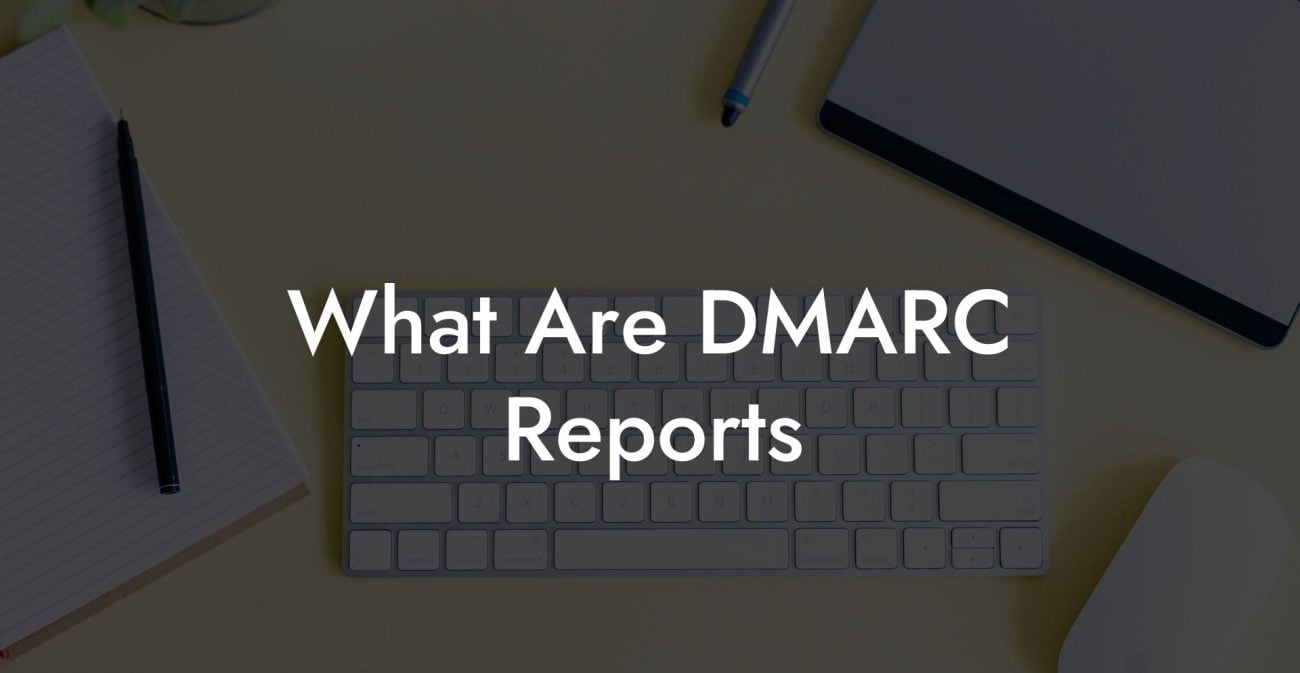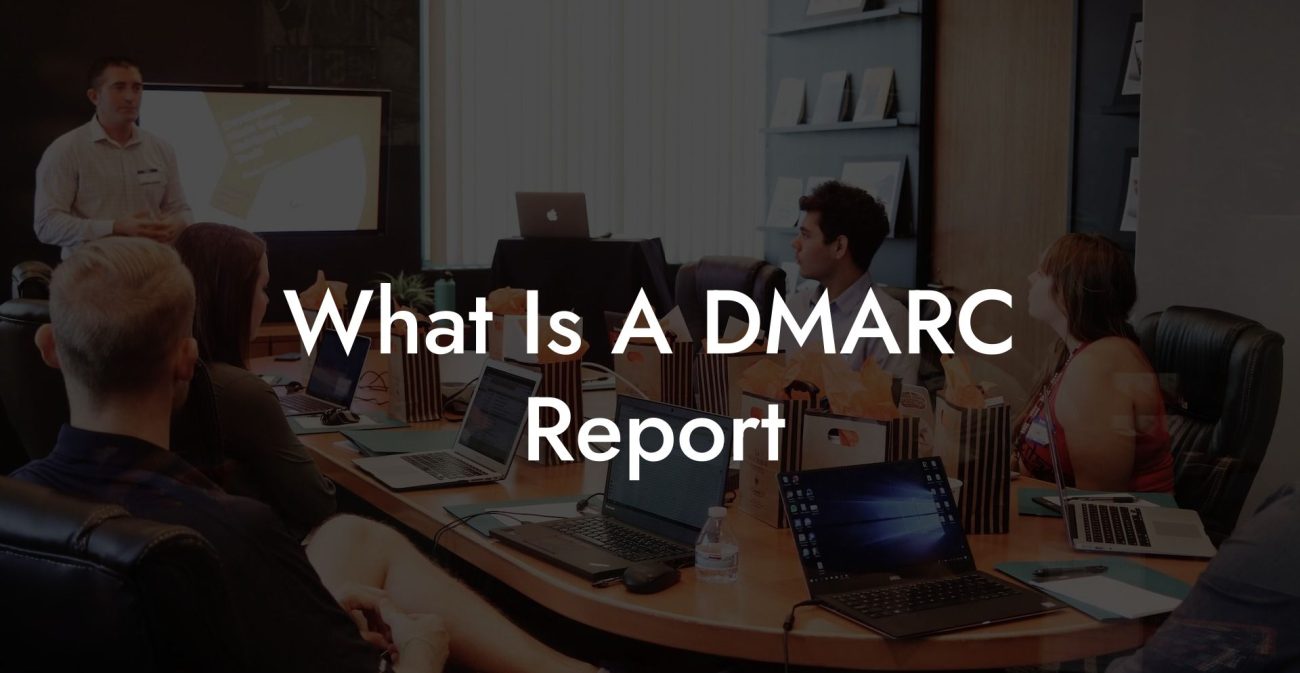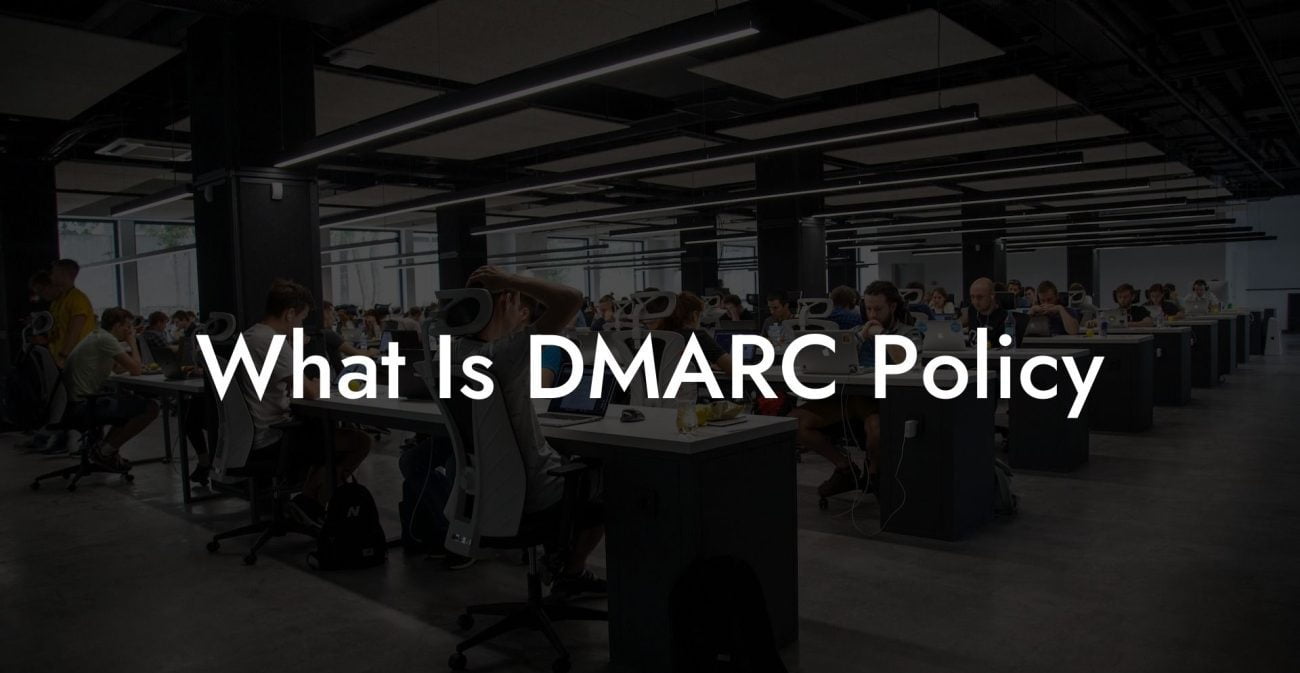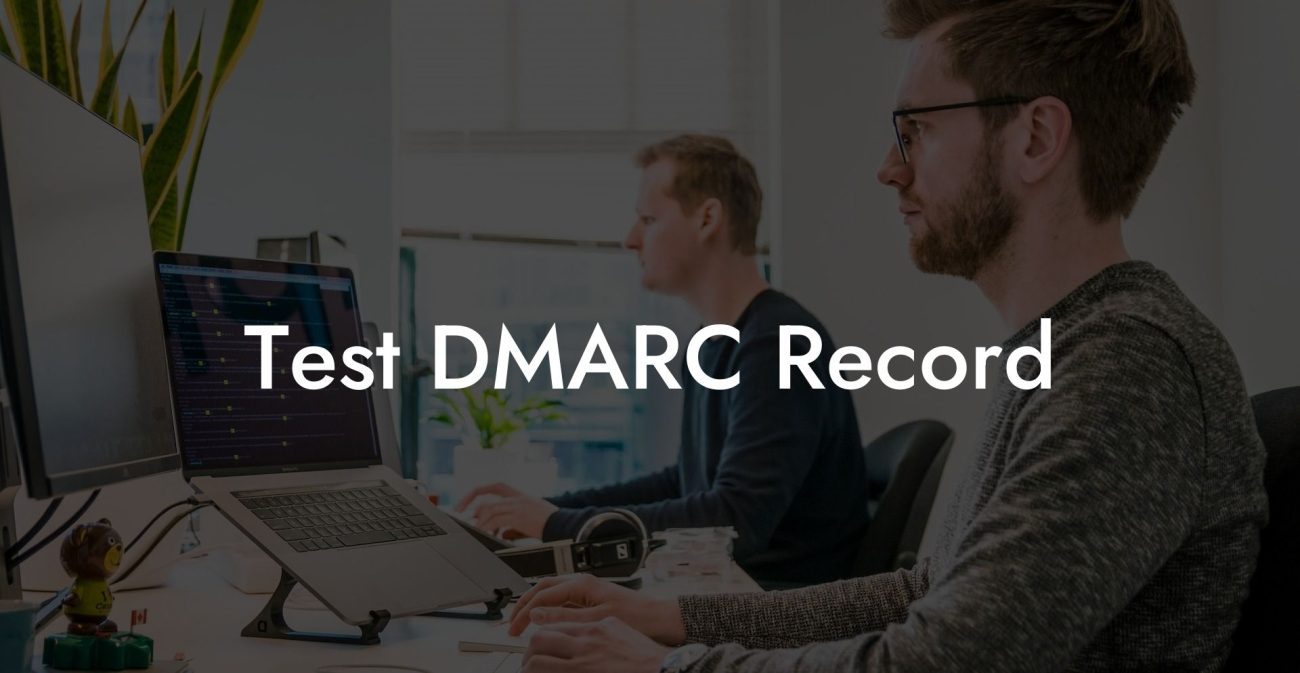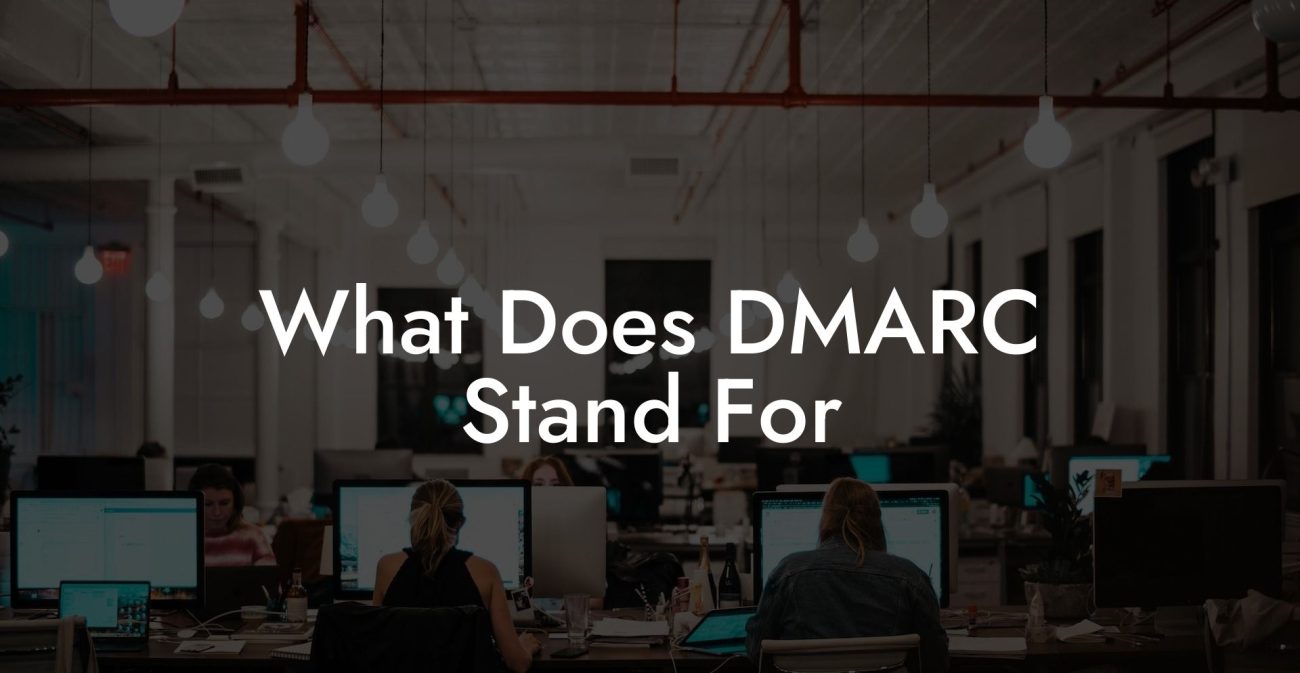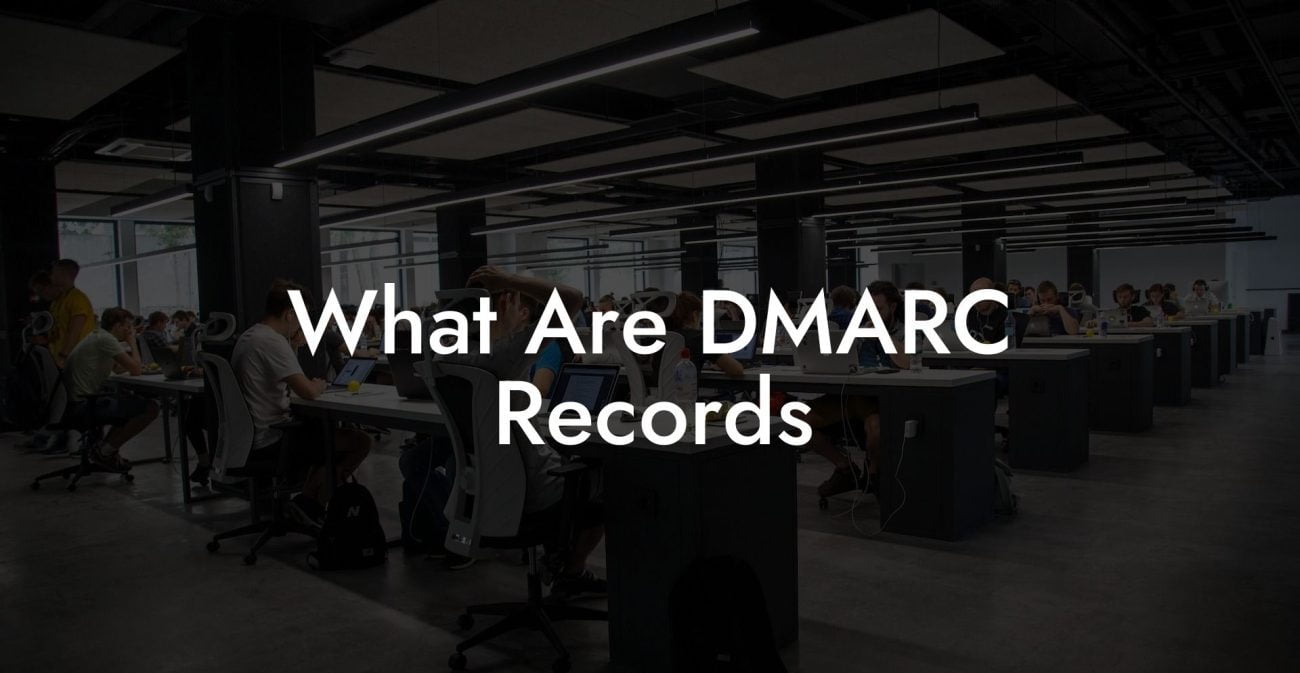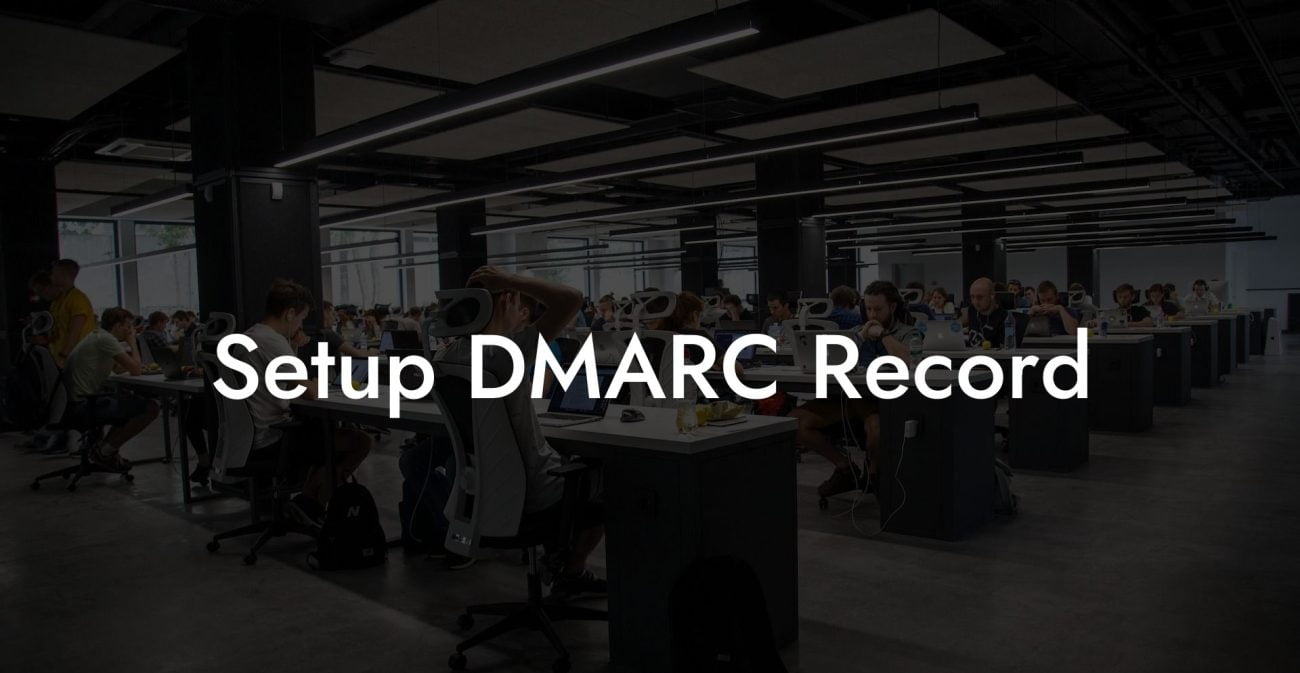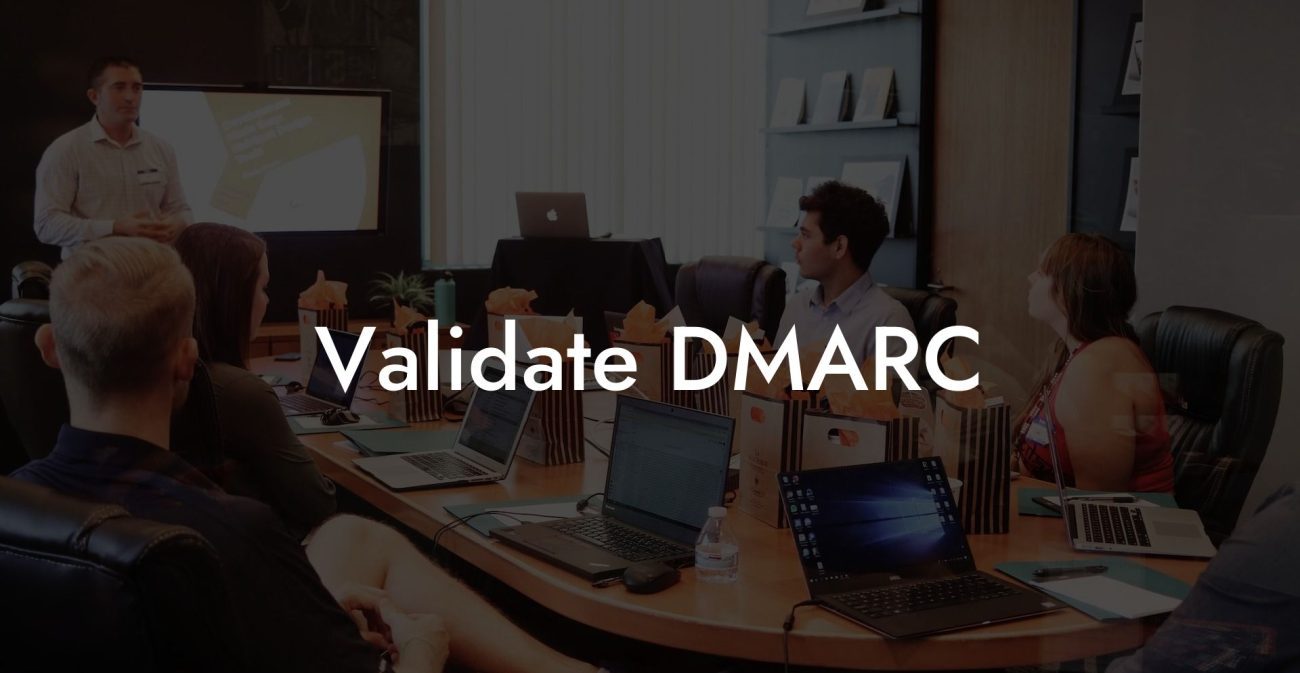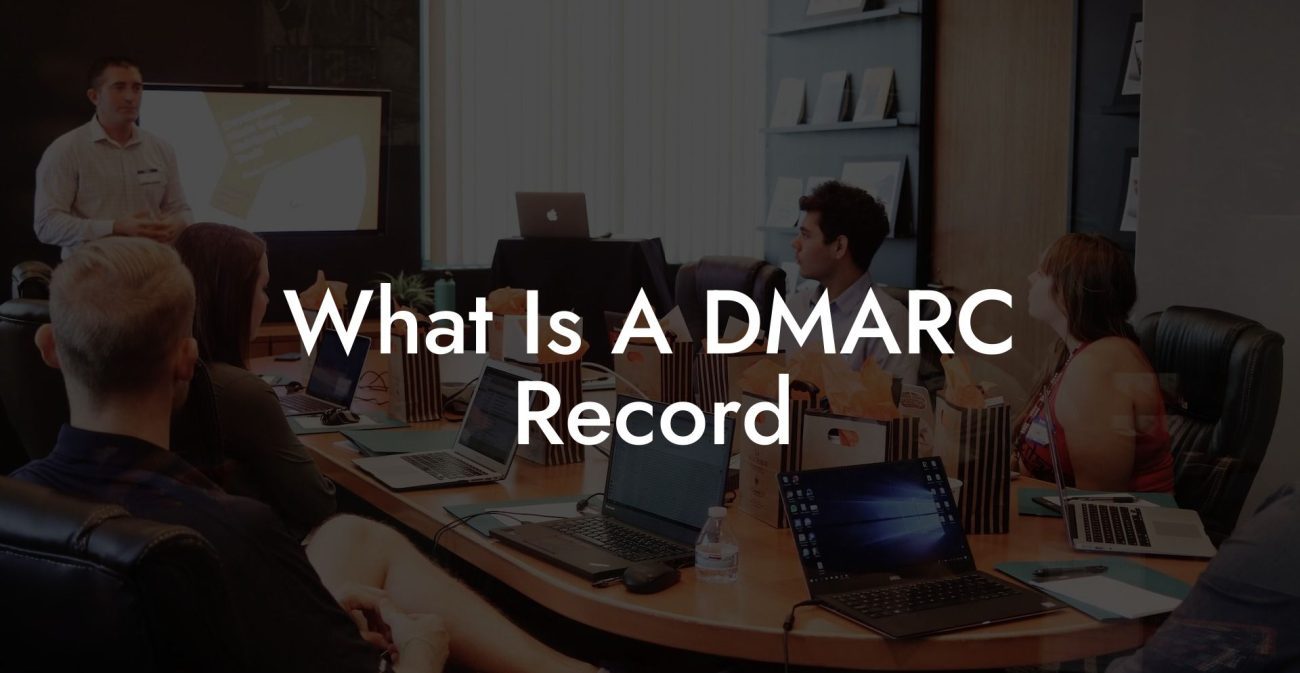In today's digital world, email security is more important than ever before. One of the most effective tools to prevent email phishing and domain spoofing is through the implementation of DMARC (Domain-based Message Authentication, Reporting and Conformance). In this blog post, we'll take a deep dive into DMARC, explore its significance, the essential components of DMARC Rfc, and provide a realistic example to help you understand how it can be applied.
What is DMARC?
DMARC is an email authentication protocol designed to provide a higher level of security and trust in the email ecosystem. It combines two existing authentication technologies, SPF (Sender Policy Framework) and DKIM (DomainKeys Identified Mail), to verify that an email is legitimate. This verification process helps prevent fraudulent emails from reaching the recipients’ inbox, thus protecting them against potential phishing attacks.
Understanding DMARC Rfc
Protect Your Data Today With a Secure Password Manager. Our Top Password Managers:
The DMARC Rfc, or Request for Comments, is a document that outlines the specifications and requirements for implementing DMARC. It was published in 2015 as an Internet Engineering Task Force (IETF) standard and has since become an essential resource for those looking to enhance their email security.
Components of DMARC Rfc
The DMARC Rfc includes several core components:
- Policy Declaration: This is where the domain owner sets the DMARC policy, specifying how the recipient server should handle emails that fail authentication checks.
- Identifier Alignment: DMARC ensures that the domain used in the SPF and DKIM authentication is consistent with the domain stated in the "From" field of the email header.
- Reporting: DMARC provides domain owners with the ability to receive feedback from recipient servers regarding the status of email authentication. This information can be used to improve email security and monitor for potential threats.
- Authentication Results: DMARC displays the results of SPF and DKIM checks in the form of an "Authentication-Results" header, allowing domain owners to understand their email security status better.
Implementing DMARC
To implement DMARC for your domain, you must follow these steps:
- Set up and validate SPF and DKIM for your domain.
- Create a DMARC record and publish it to your Domain Name System (DNS).
- Monitor DMARC reports to identify potential authentication issues and make necessary adjustments to your email security settings.
DMARC Rfc Example:
Let's say you own the domain example.com, and you want to implement DMARC. Here's how you can proceed:
- First, set up SPF and DKIM for example.com, ensuring that your email service provider supports both authentication technologies.
- Create the DMARC record:
v=DMARC1; p=none; rua=mailto:dmarc@example.com. This record indicates that you have implemented DMARC, requests no specific action for emails that fail checks, and sends aggregated reports to an email address at example.com. - Publish the DMARC record to your DNS as a TXT record with the name _dmarc.example.com.
- Regularly review DMARC reports to observe authentication performance, threats, and make necessary adjustments to your email security settings.
DMARC is a critical tool in the battle against email phishing attacks and domain spoofing. By understanding and implementing the specifications outlined in the DMARC Rfc, you can significantly bolster your email security and protect your brand reputation. Don't forget to share this post with others who may benefit from understanding DMARC Rfc, and be sure to explore our other helpful guides on cybersecurity and Voice Phishing.
Protect Your Data Today With a Secure Password Manager. Our Top Password Managers:

